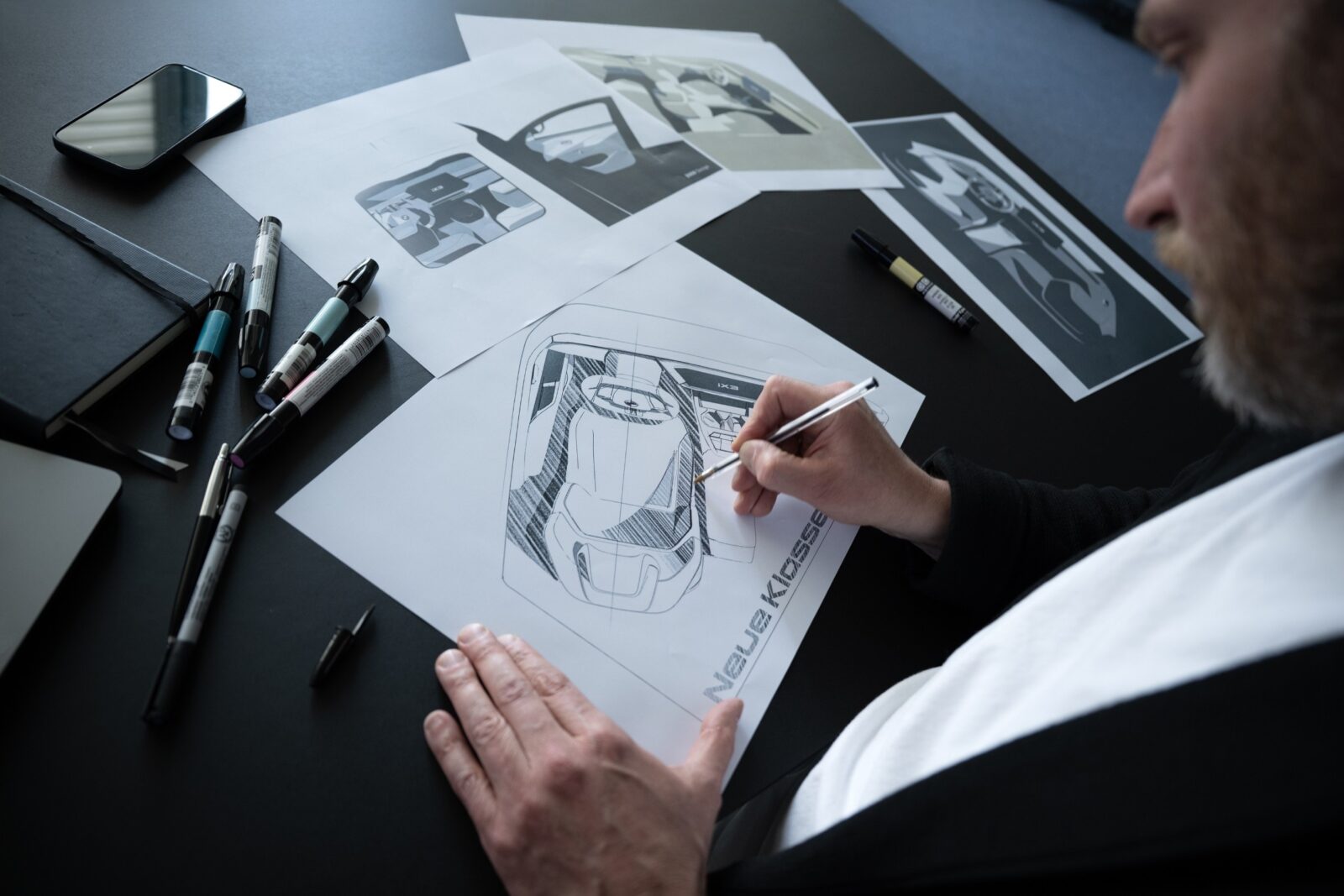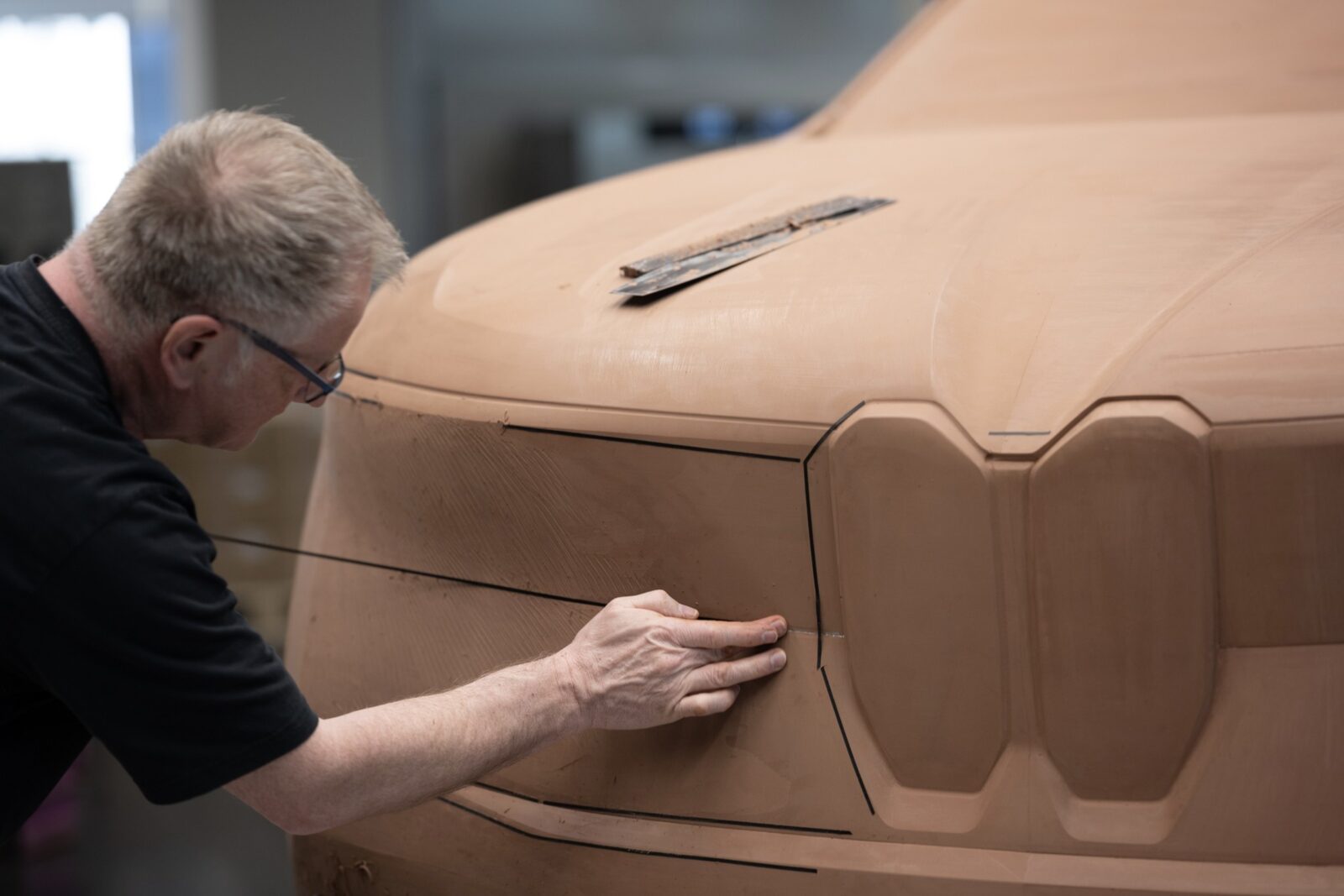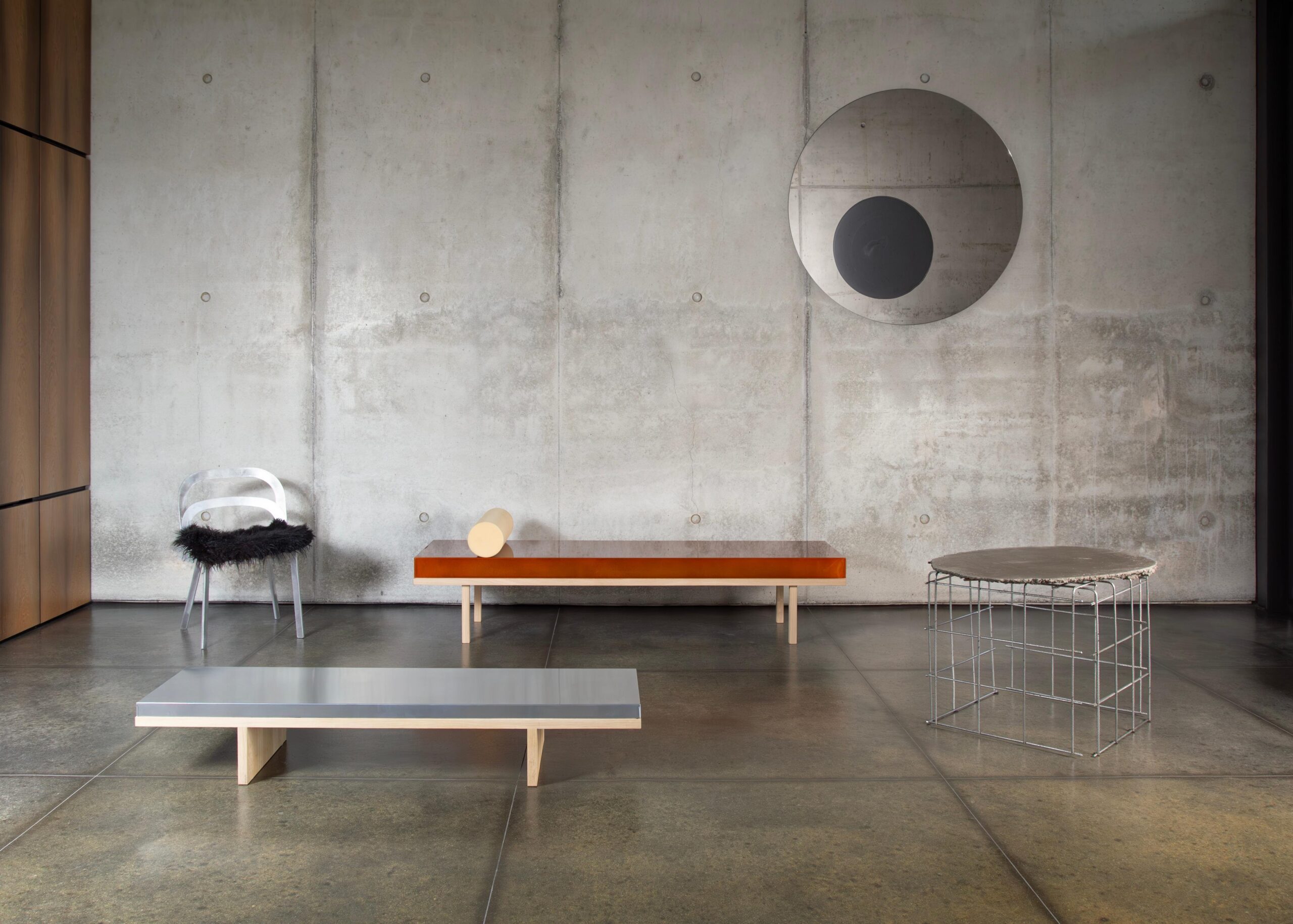Header: Courtesy of BMW Group
BMW has presented the first series-produced Neue Klasse model, a new-generation BMW iX3 that gives customers their first on-the-road taste of a whole new era of fully electric Sports Activity Vehicles (SAV). The new design language reflects technical progress, while sixth-generation BMW eDrive technology offers a range of up to 805 kilometres (500 miles) and a peak charging rate of 400 kW. A newly developed electronics and software system based on four high-performance computers expands the vehicle’s capability for driving, assistance and digital services.
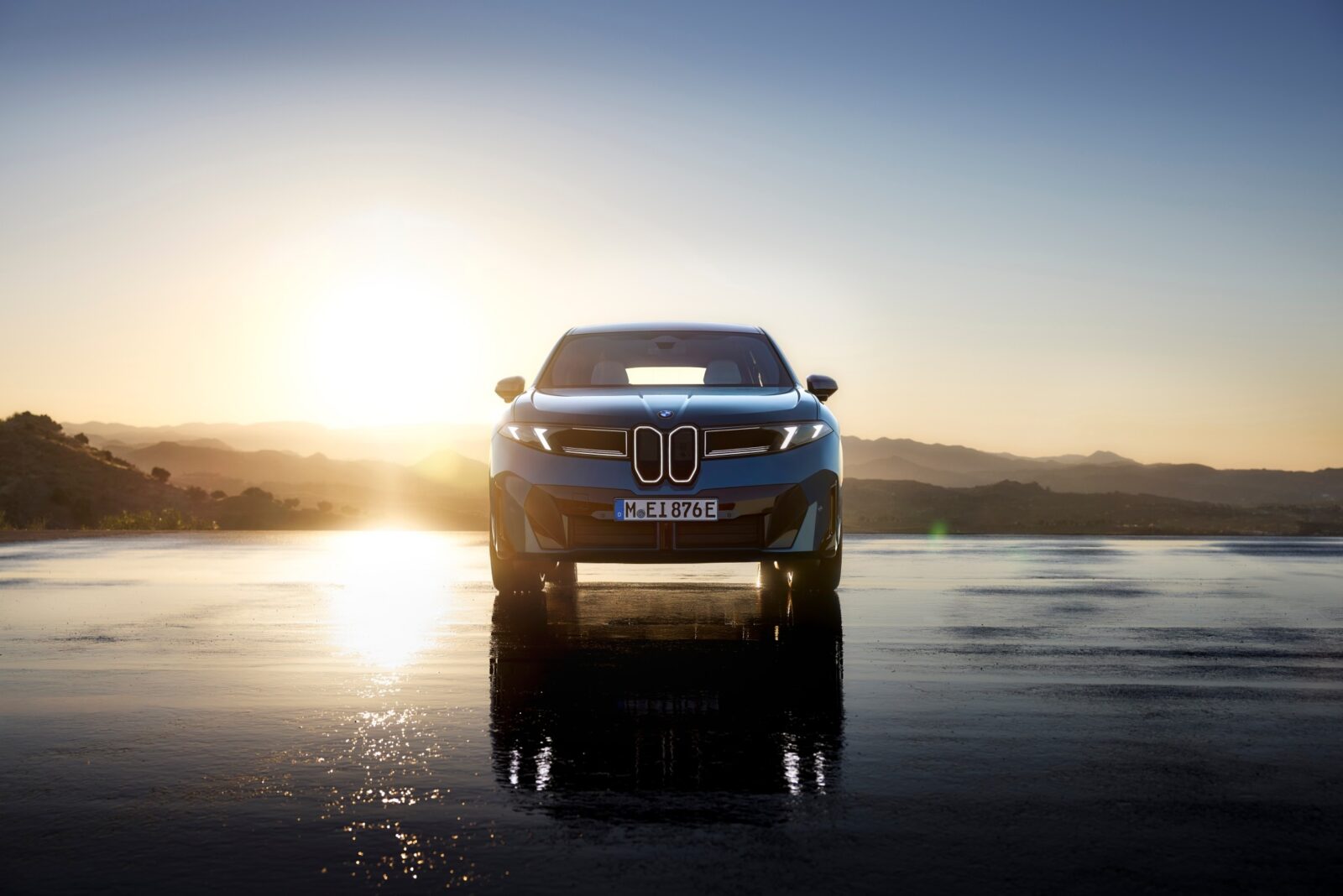
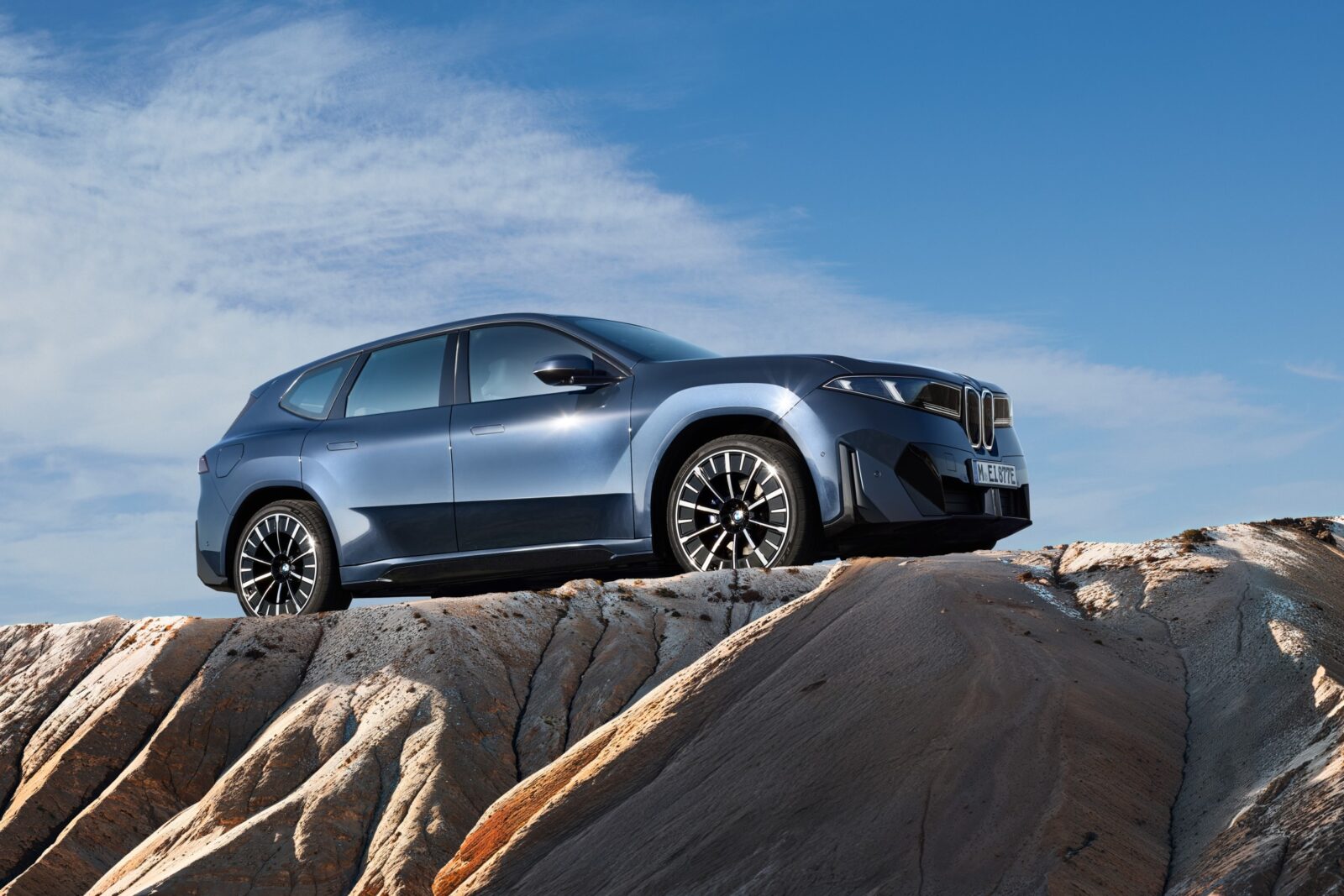
A defining element of the digital user experience in the new BMW iX3 is BMW Panoramic iDrive, which integrates key controls into a new combined display system intended to keep operation simple and driver-focused. A sustainability concept reduces the car’s product carbon footprint over its life cycle by more than 30 per cent compared to its predecessor.
The first Neue Klasse model will be built at the newly constructed BMW Group plant in Debrecen, Hungary. The first variant of the fully electric SAV to roll off the production line from autumn 2025 will be the BMW iX3 50 xDrive with an output of 345 kW/469 hp and electric all-wheel drive. Further fully electric variants will follow, including an entry-level model. The market launch of the new BMW iX3 will get underway in Europe in spring 2026 and in the USA in summer 2026. Also starting in summer 2026 will be deliveries of a variant of the new BMW iX3 produced at the Shenyang facility that has been tailored specifically to the needs of customers in China.
The new BMW iX3 is presented as a major update over its predecessor, with changes in both design and technology. For BMW Group, it represents an important step in its shift toward electrification, digitalisation and circularity. Technologies from the Neue Klasse will be applied to around 40 new models and model updates by 2027.
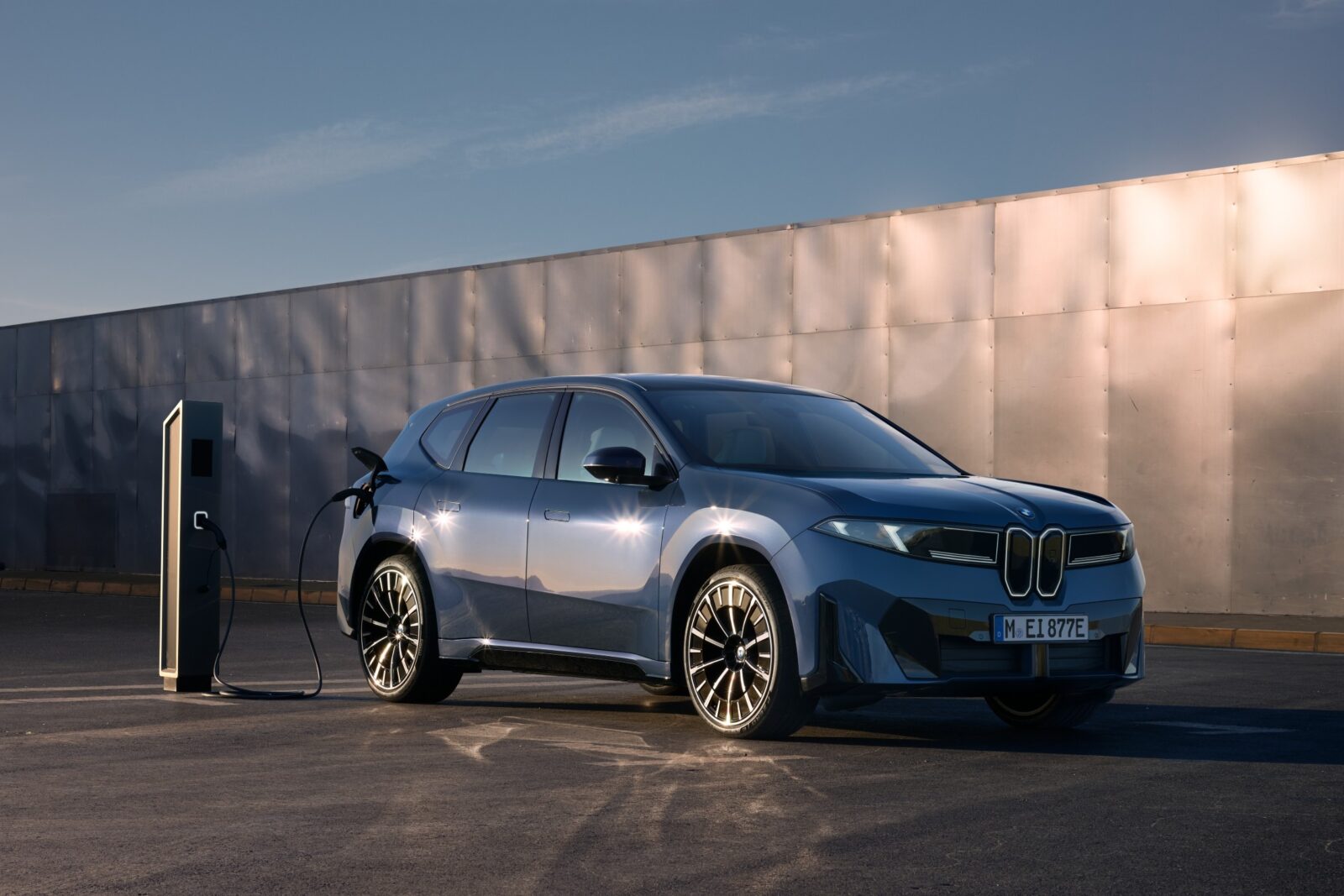
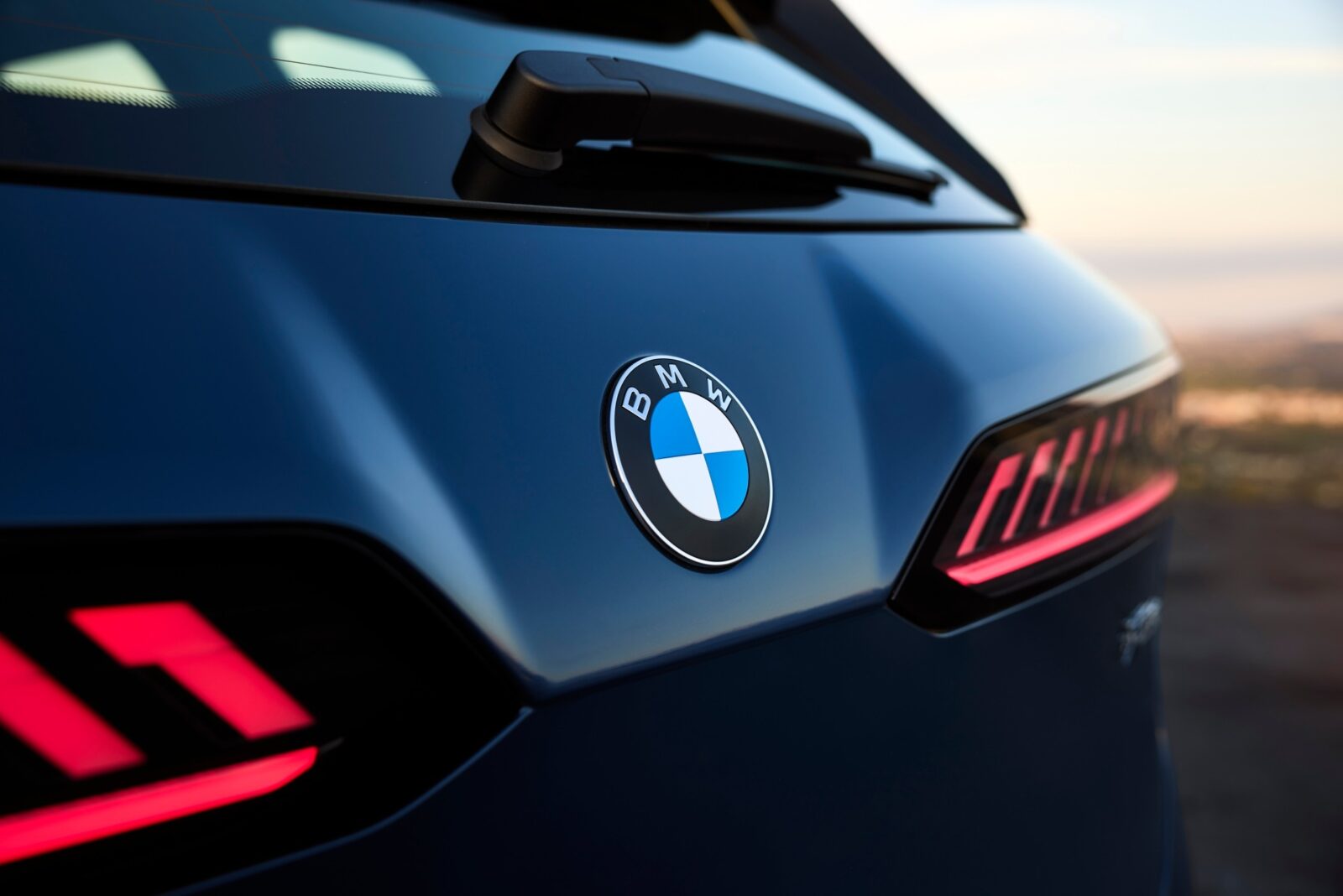
The design language
The BMW iX3 introduces a new design approach that will be carried over into future models. Surfaces and proportions are simplified, taking inspiration from earlier BMW forms while aiming for a more restrained and long-lasting character.
The new BMW iX3 showcases the values and qualities of the Neue Klasse within the template of an SAV. The first BMW X model of the new generation is all about interior space and a progressive lifestyle. At 4,782 millimetres in length, 1,895 millimetres wide and 1,635 millimetres tall, the new BMW iX3 has the hallmark proportions of an SAV. The characteristic two-box design is infused with the presence of a BMW X model and has precise lines that emphasise all four wheels. Detail optimisation of the car’s aerodynamics enables a drag coefficient (Cd) of 0.24.
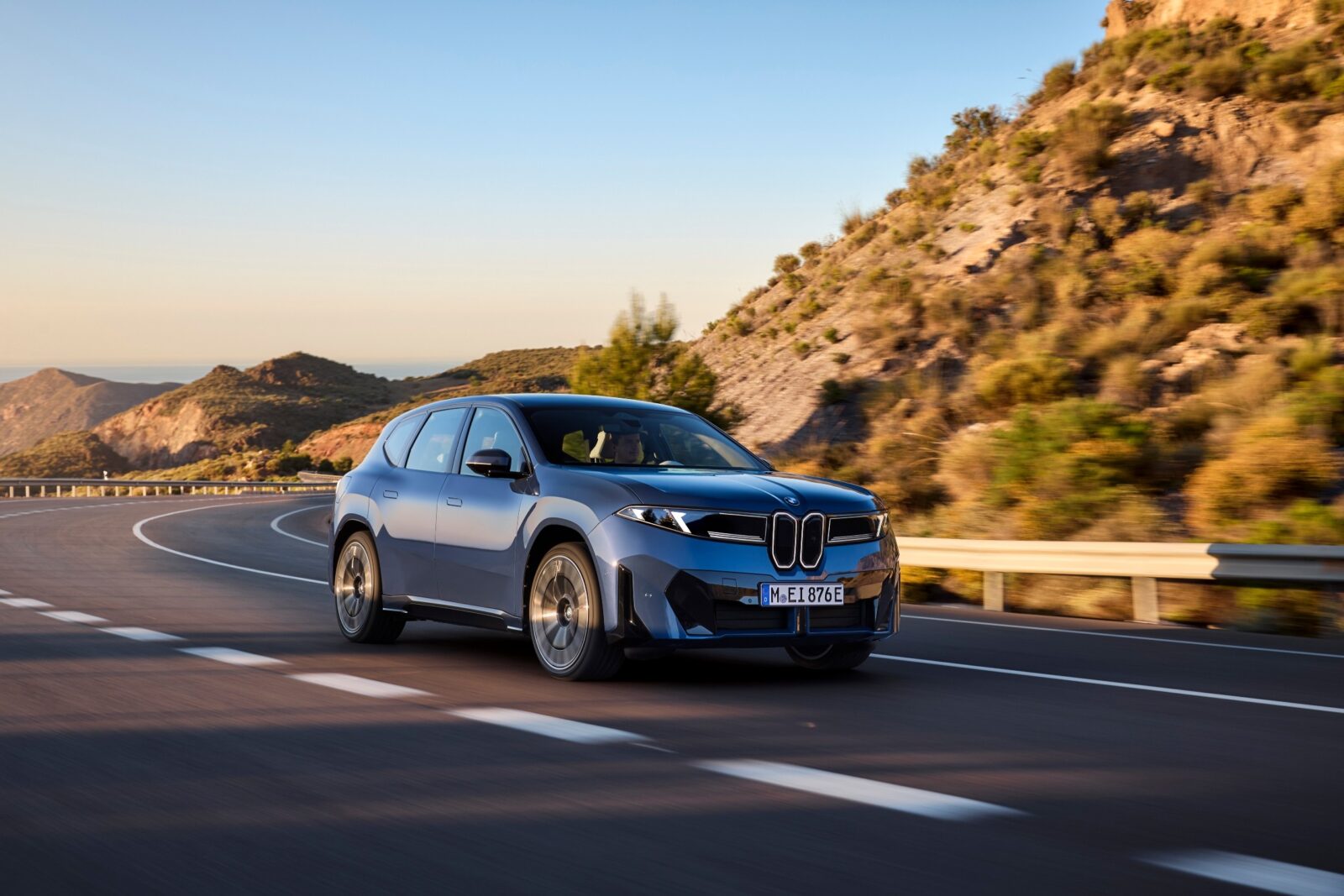
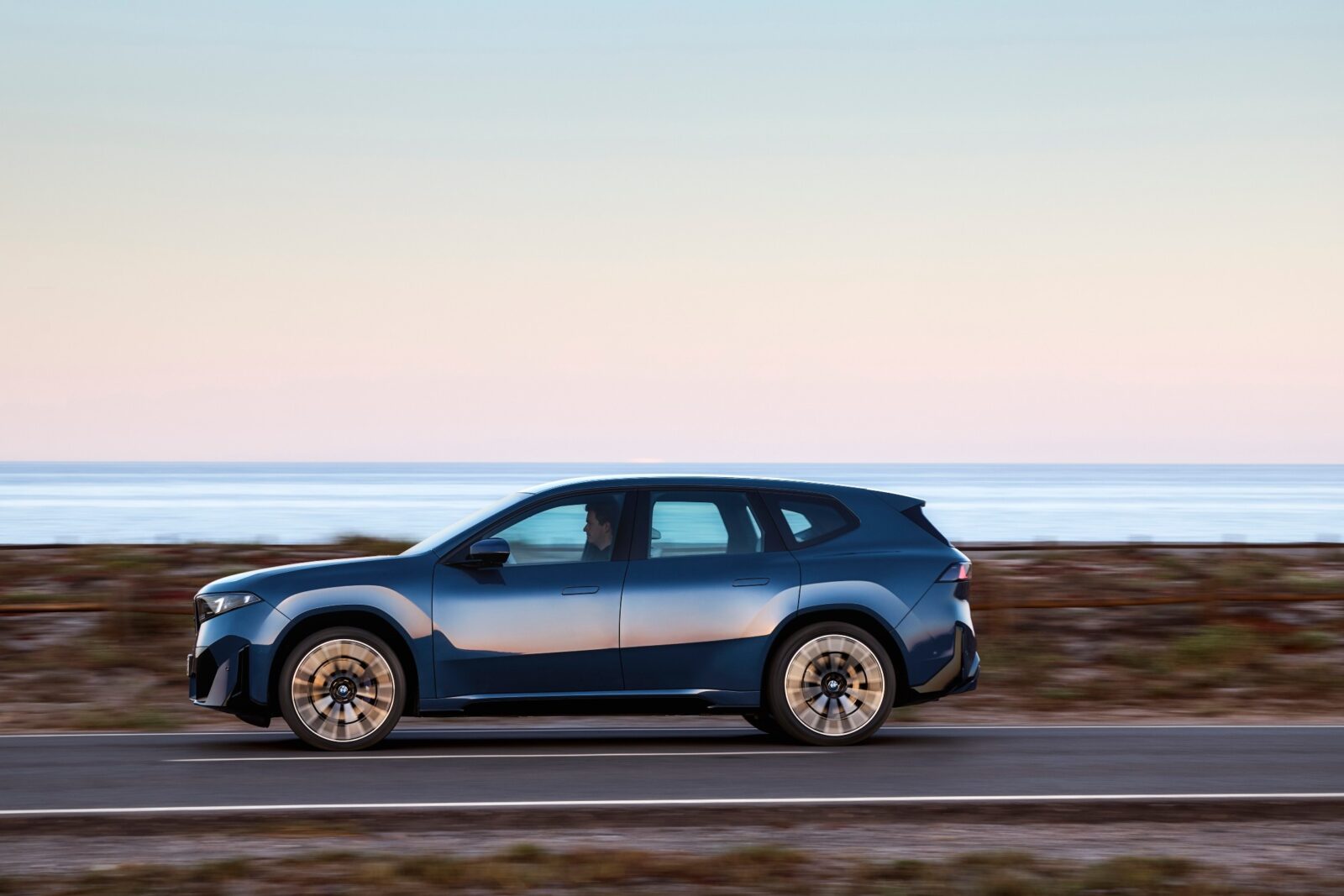
The load compartment capacity of the new BMW iX3 can be increased from 520 to a maximum of 1,750 litres by folding down the rear seat backrest elements as required. The additional storage compartment under the bonnet can hold another 58 litres of cargo. Furthermore, customers needing additional transportation capacity can specify their car with the optional electric fold-in/fold-out trailer tow hitch.
The upright front end and clearly formed surfaces endow the new BMW iX3 with presence. The BMW kidneys and twin headlights, both distinctive BMW design cues, take centre stage visually. The sculpted BMW kidneys reference the Neue Klasse of the 1960s in their vertical arrangement. An all-new light signature assumes the role previously performed by chrome in giving the car an aura of quality and sophistication. And when viewed from the side, large surfaces broken up by a small number of precise lines create a character-rich appearance. Flush glass surfaces and door handles are also features of the side view. The stature of the new BMW iX3 is underscored by body-colour wheel arches with subtly rectangular contours. The rear end also cuts a defined figure, with taillights extending well into the centre of the rear end as a horizontal interpretation of the signature BMW “L” shape.
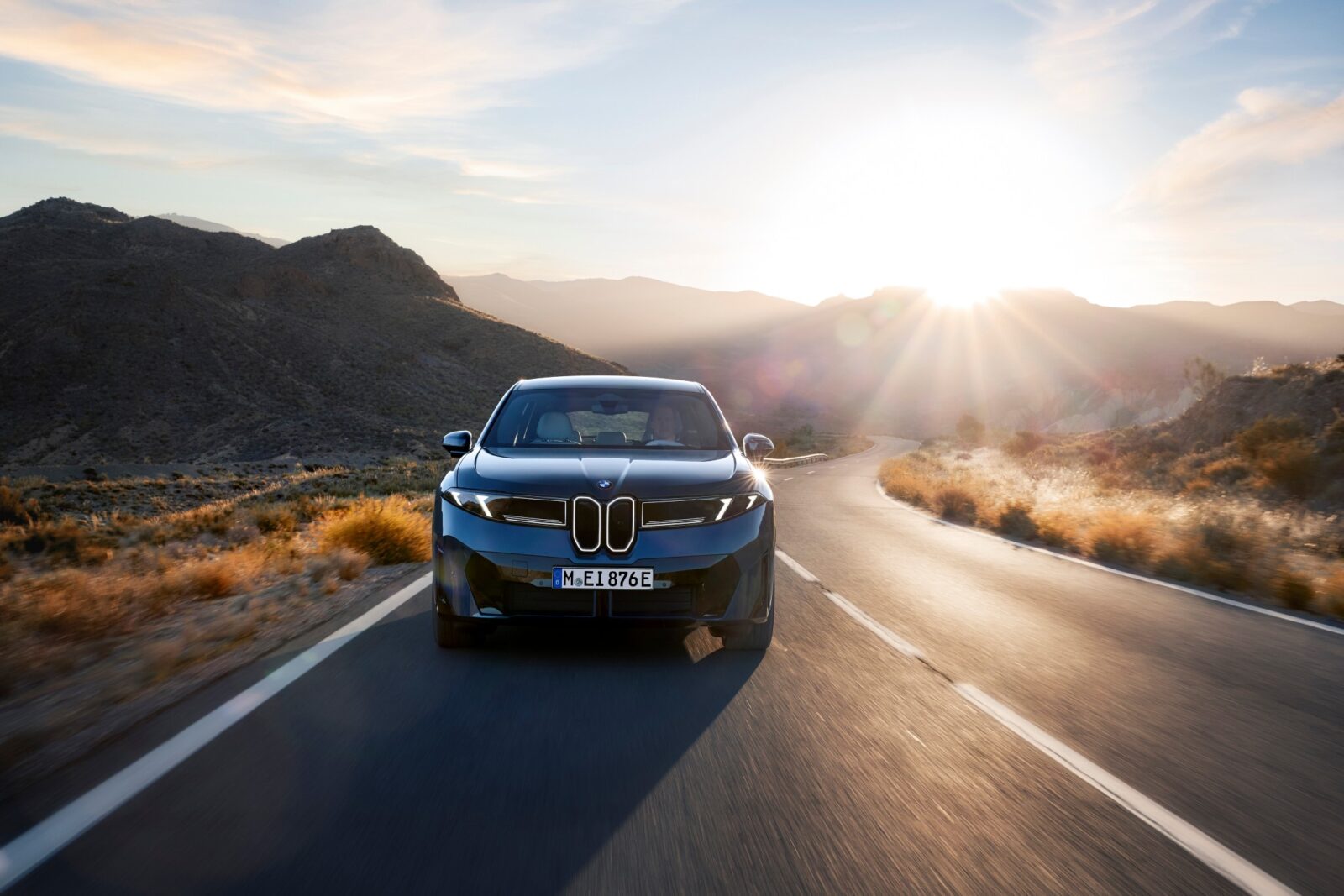
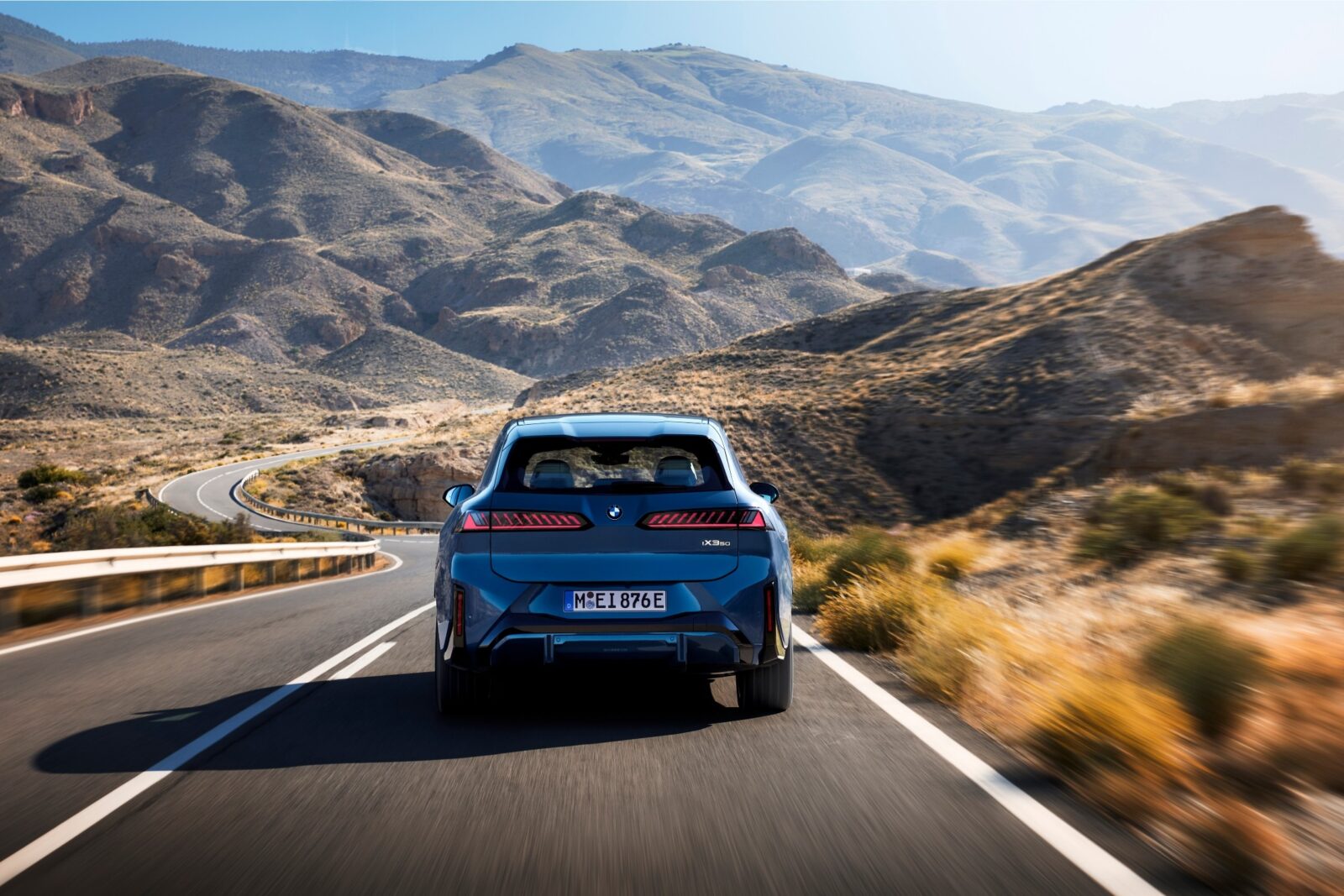
The interior design
The design of the BMW iX3 interior sets new standards in terms of modernity and digital experience. The layout is reduced and more pared back than the previous generation, providing space for digital systems and a clear driver focus. Created specifically for electric vehicles, the vehicle architecture allows for increased space in all five seats. The lines of the instrument panel flow directly into the large door trim panels, creating a wrap-around effect for the passengers. The instrument panel uses fabric with backlighting, while the optional panoramic sunroof increases light in the cabin.
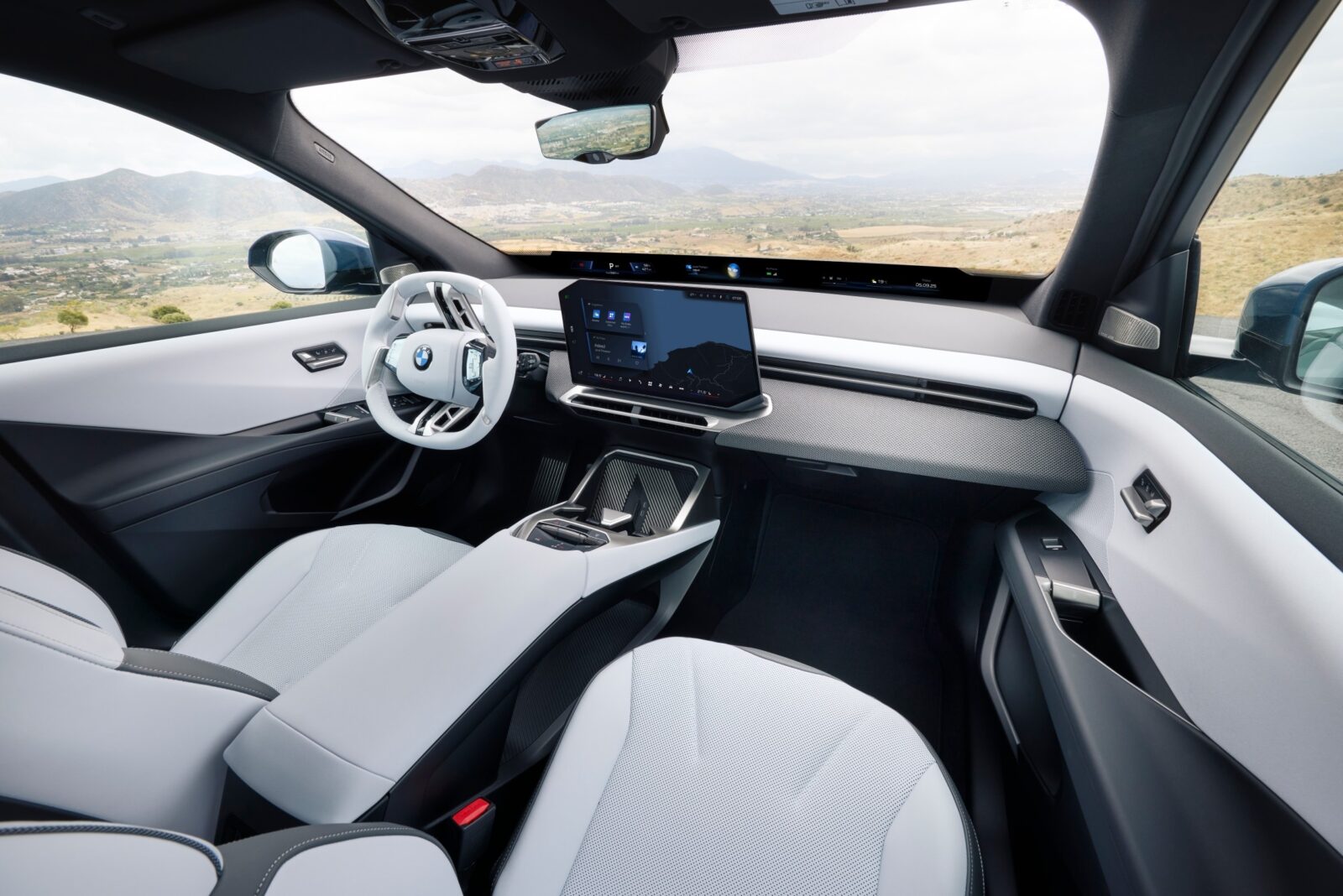
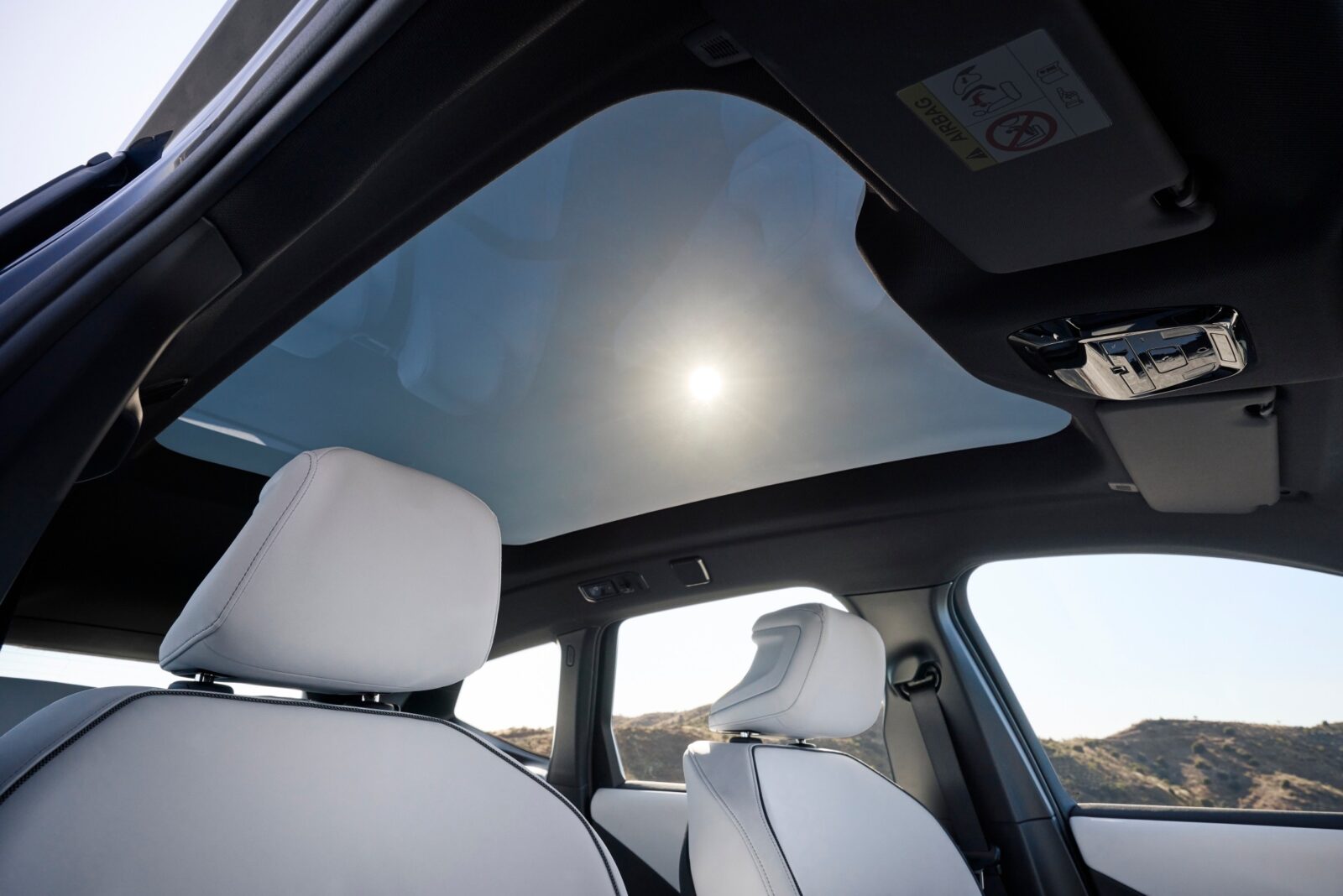
Another prominent influence in the horizontally arranged cockpit is the new control/operation system, BMW Panoramic iDrive, which is based on the likewise newly developed BMW Operating System X. It brings together displays, controls, and sound design into one interface, which can be customised through different themes called My Modes.
The seats of the new design are minimalist in form, with comfort for long journeys and a wide range of adjustment. The steering wheel and centre console are also new, incorporating extra storage and control elements. The rear seat bench offers a continuous, sofa-like surface.
Interior finishes are grouped into four design packages, with options in textile, synthetic leather, and leather-composite finishes. The standard specification includes Vivid Grey Econeer textile, while other choices include black synthetic trims or BMW Individual packages using Merino leather combined with M PerformTex.
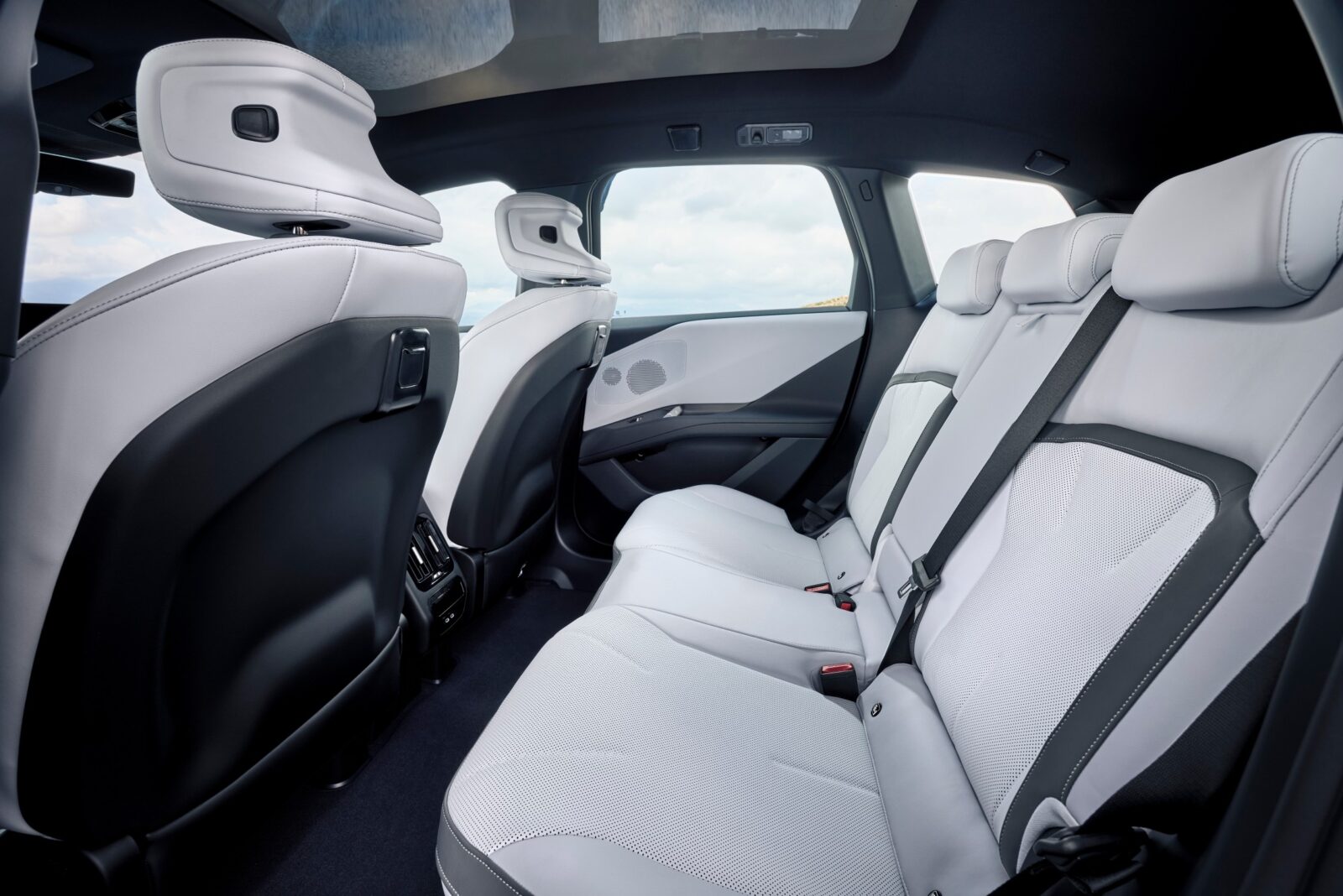
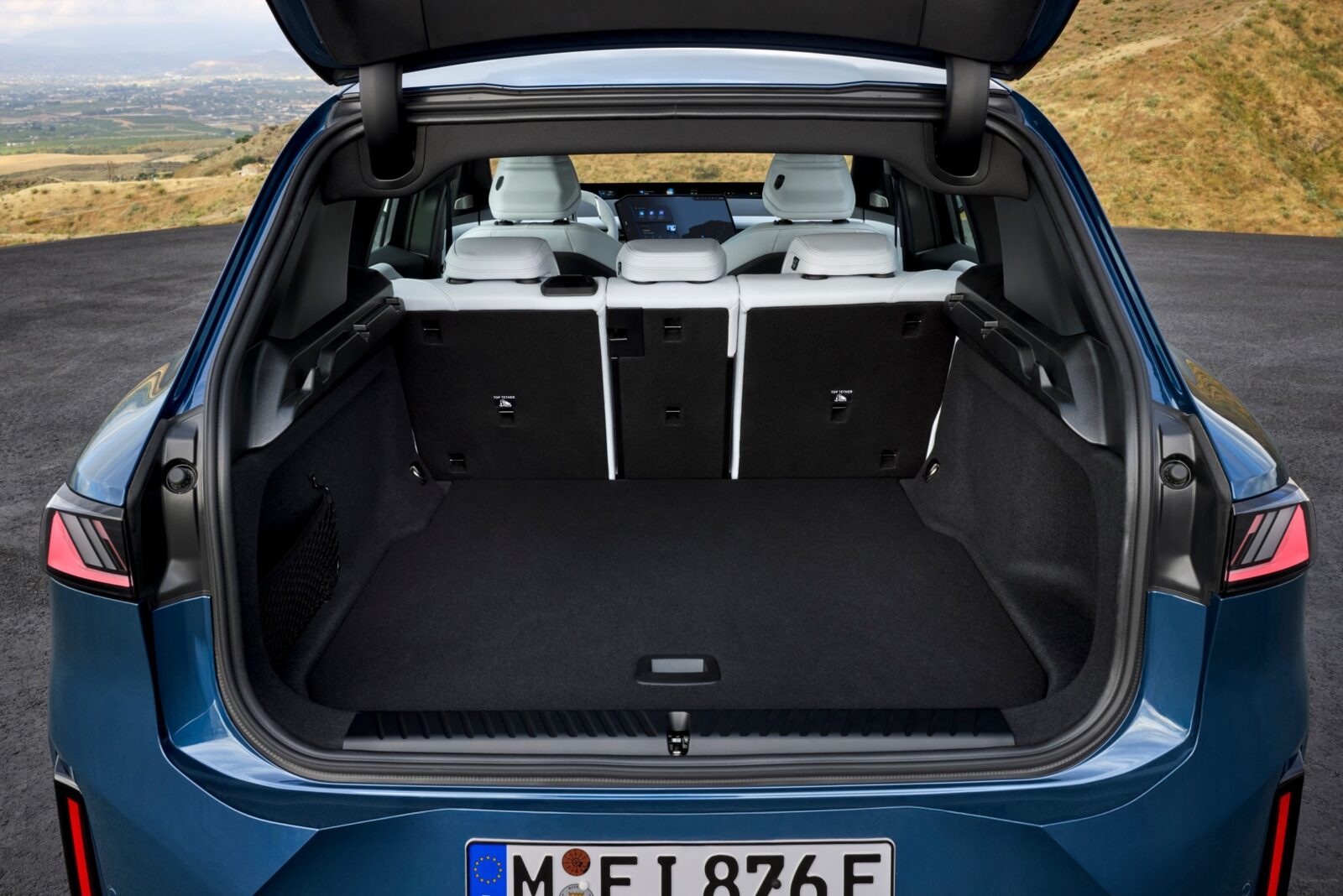
BMW Panoramic iDrive
The BMW iX3 is the first series-produced model in which BMW Panoramic iDrive redefines the user experience, combining digital and physical controls in one system. Functions most often used, such as indicators, wipers and mirrors, remain as physical buttons, while others are optimised for touch, voice, or steering wheel access. Furthermore, the BMW Intelligent Personal Assistant has been expanded with additional voices and a new appearance and will gradually incorporate language model technology for more natural interaction.
BMW Panoramic Vision projects information across the full width of the windscreen, keeping driving data in front of the driver while allowing customisable content in the centre and passenger side. An optional 3D Head-Up Display adds depth to navigation and automated driving guidance. The navigation system now provides charging-optimised routing, and digital keys can be set up on smartphones and smartwatches. Entertainment includes music, in-car gaming, video streaming, and video calls, accessed via the BMW app platform.
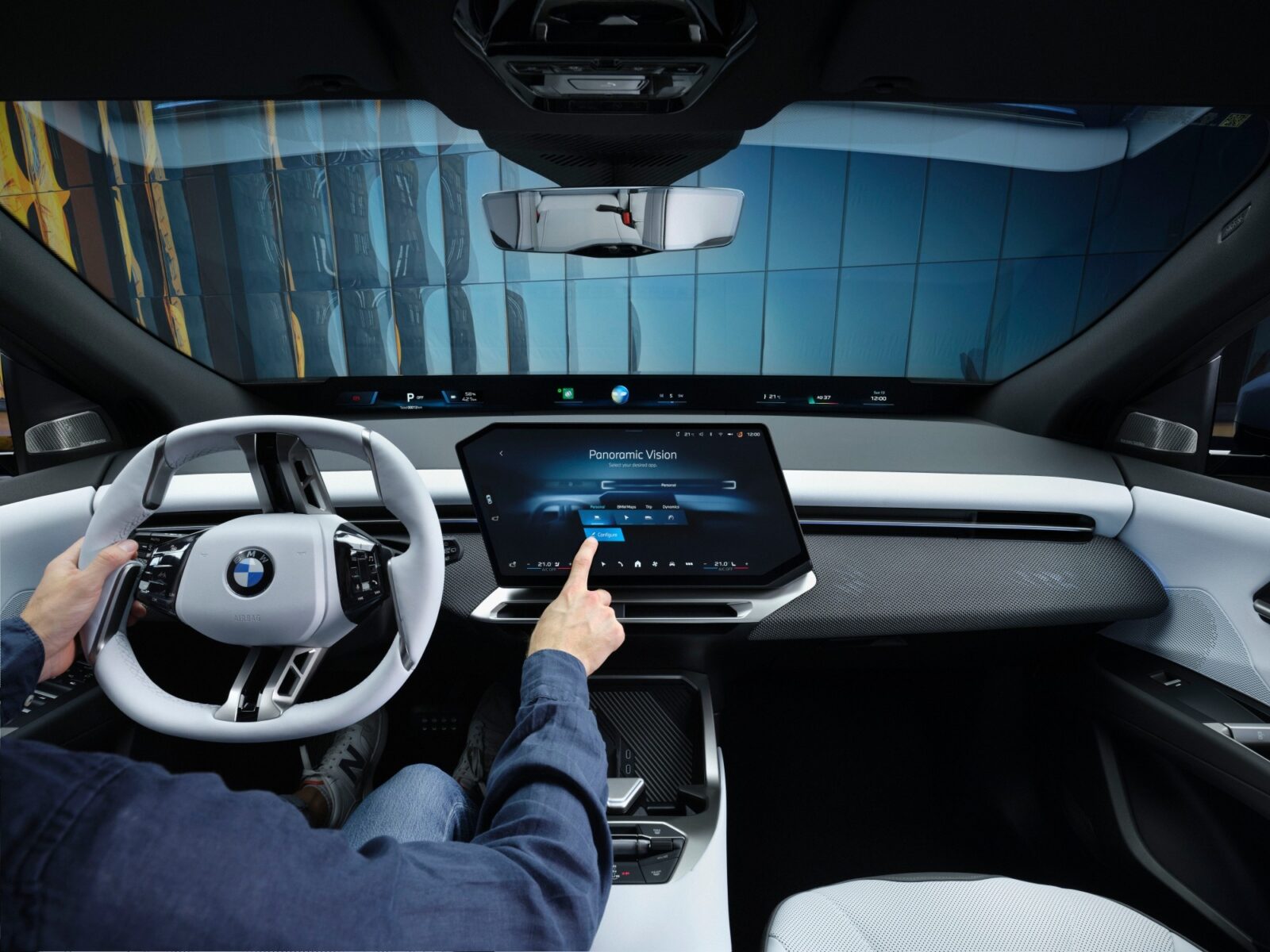
eDrive and charging
The sixth-generation BMW eDrive system combines two electric motors with a newly developed high-voltage battery. Together, they produce 345 kW/469 hp and 645 Nm of torque, giving the iX3 acceleration from 0 to 100 km/h in 4.9 seconds and a top speed of 210 km/h. Efficiency has been improved over the previous generation through reductions in energy losses and weight. The high-voltage battery uses new cylindrical cells with 20 per cent higher energy density, enabling a maximum range of 805 kilometres (WLTP). Integrated into the vehicle structure, the battery contributes to lower weight and greater efficiency.
The iX3 supports rapid charging at up to 400 kW, adding up to 372 kilometres of range in 10 minutes as it can charge from 10 to 80 per cent in about 21 minutes. Alternating current charging is supported at 11 kW as standard, or 22 kW as an option. Bidirectional charging is also available, allowing the car to power external devices (V2L), supply a household with electricity (V2H), or return energy to the grid (V2G). Accessories include a portable charger with adapters, a home wallbox with bidirectional capability, and app-based charging management.
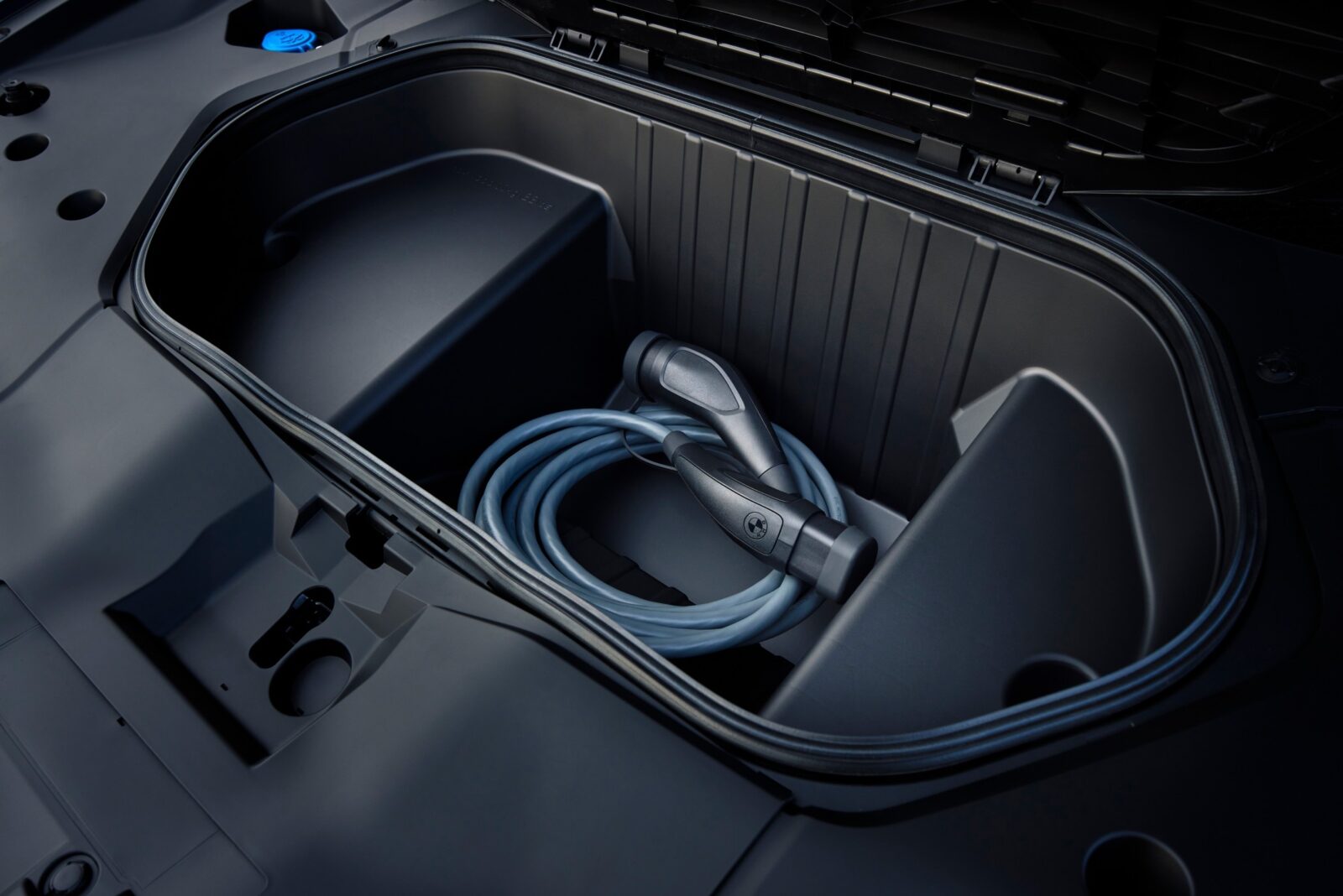
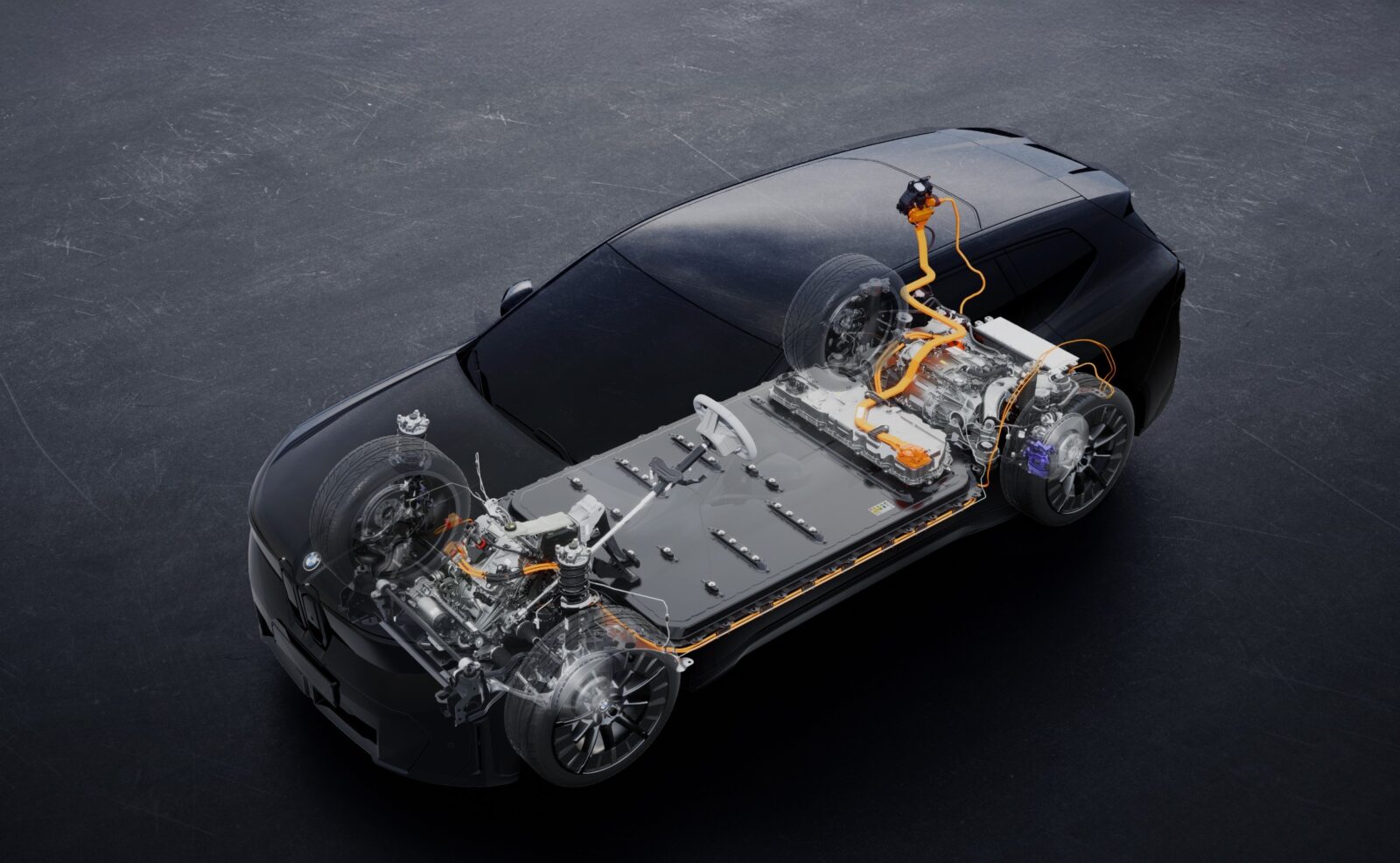
Driving dynamics and electronics
A new control unit manages drivetrain, braking, steering, and energy recovery, processing data faster than previous systems. This integration enables most everyday braking to be achieved through recuperation rather than friction brakes, improving efficiency and responsiveness.
The wider vehicle architecture is based on four high-performance computing units, each dedicated to driving, driver assistance, infotainment, and comfort functions. Wiring length has been reduced by 30 per cent compared to the previous generation, and digital fuses replace traditional ones to improve efficiency. The architecture is designed for continuous software updates, including the addition of future AI-based features.
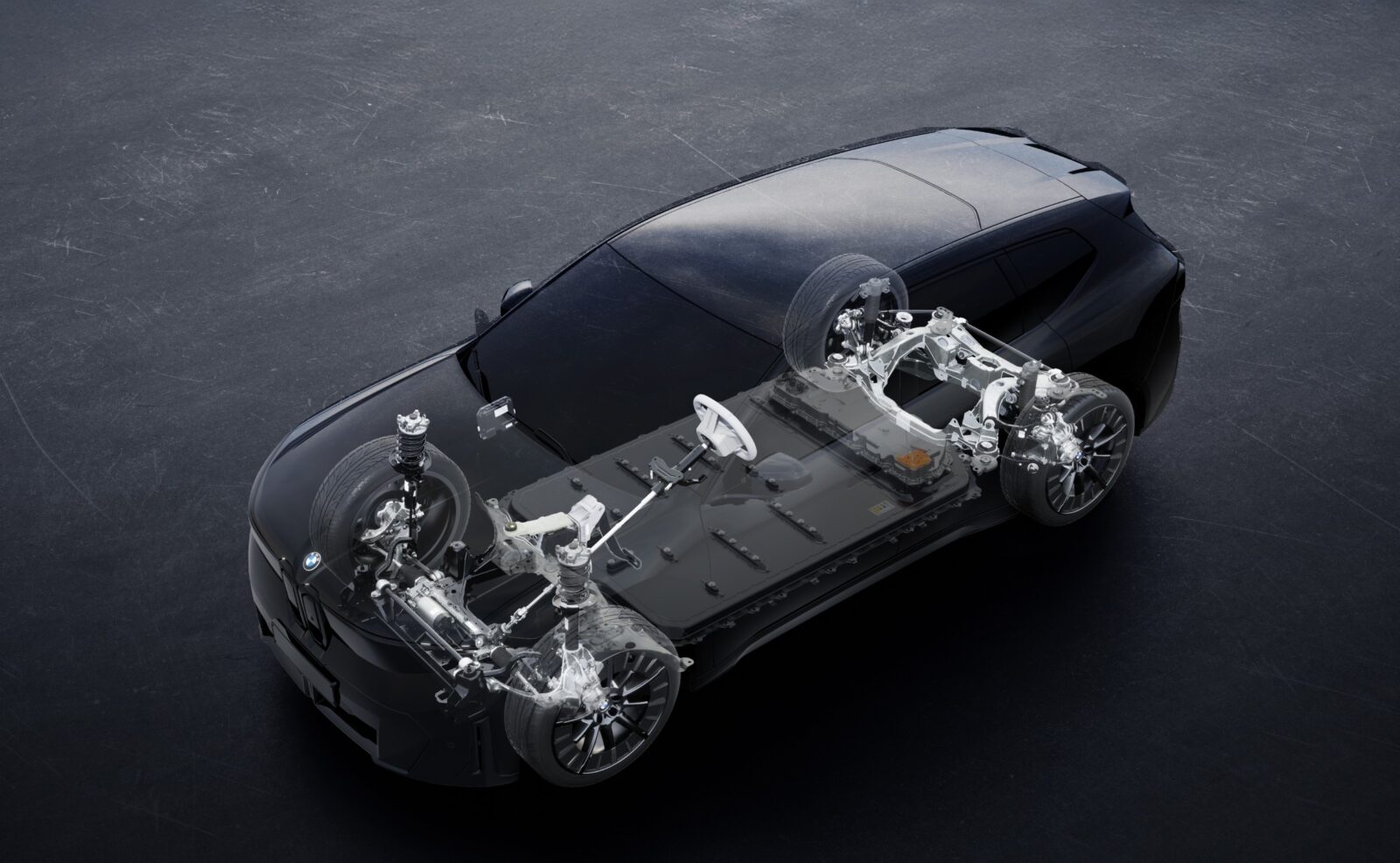
Equipment and options
The new BMW iX3 will be available with one solid and five metallic paint finishes from launch. As an alternative to the 20-inch light-alloy wheels fitted as standard, customers can also browse an exclusive selection of new light-alloy wheels (20-, 21- and 22-inch) available as an option. The range also includes BMW M and BMW Individual light-alloy wheels, some in aerodynamically and weight-optimised Air Performance specification.
Customers can tailor the design of the cabin to their personal style with the help of the Essential, Contemporary, M Sport and BMW Individual interior design worlds. The driver’s seat and front passenger seat are heated and electrically adjustable as standard. M Sport seats and multifunction seats are available as options. Also on the options list are a sports steering wheel and an M Sport steering wheel.
The standard specification for the new BMW iX3 50 xDrive also includes two-zone automatic climate control, Comfort Access, automatic tailgate operation, the extended exterior mirror package, an alarm system and telephony with a wireless charging function. Among the other highlights of the optional equipment offering are three-zone automatic climate control, adaptive headlight functions with intelligent light control, the BMW Iconic Glow package including illuminated BMW kidneys, the Harman Kardon HiFi system with 13 speakers, steering wheel heating and a large panoramic sunroof, whose climate comfort glazing has unique solar energy filtering and 100 per cent UV protection.
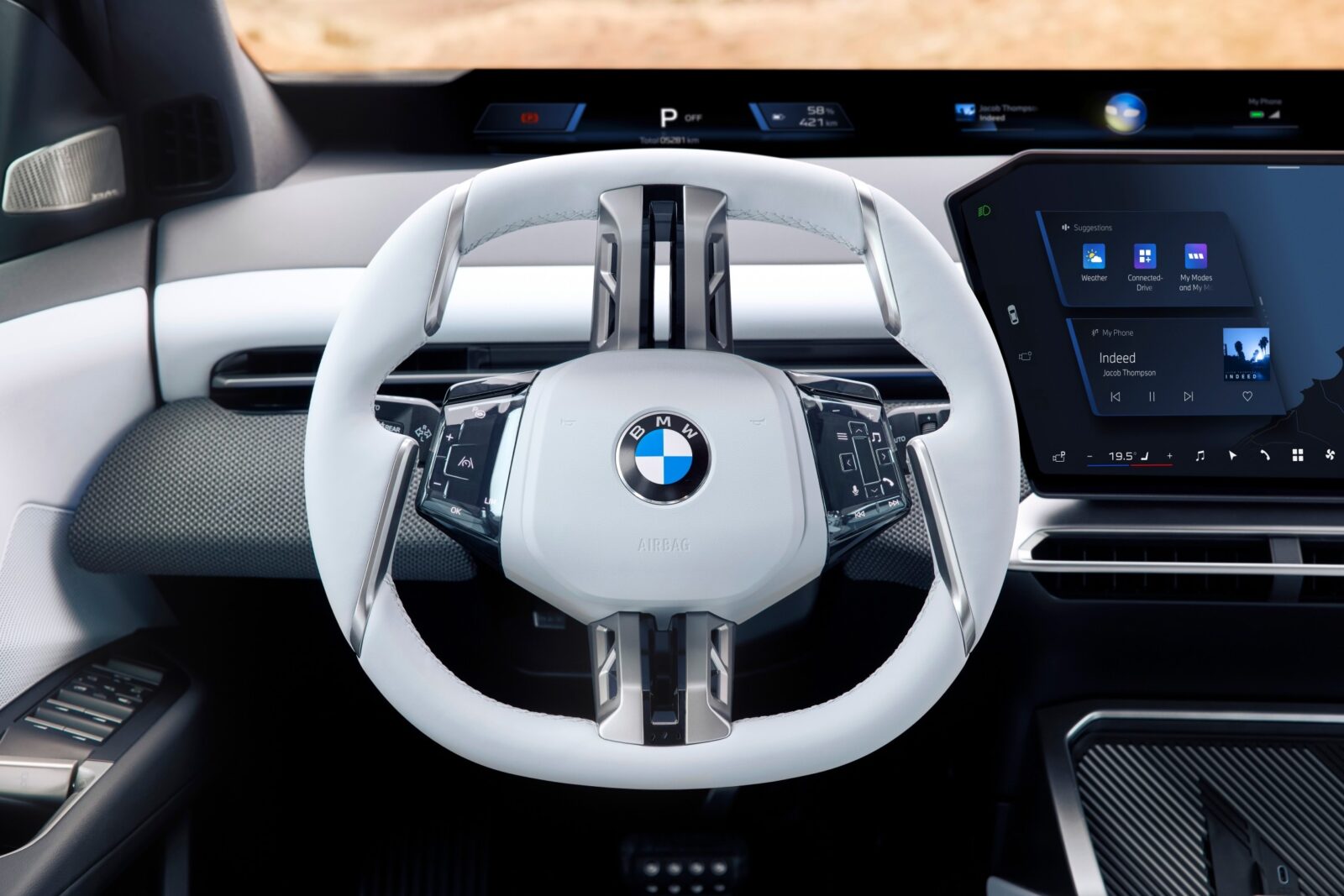
Holistic sustainability
BMW states that the lifecycle carbon footprint of the new iX3 is 34 per cent lower than its predecessor, based on 200,000 kilometres of use. The point at which the iX3 achieves a lower footprint than a comparable combustion model depends on the energy source used for charging but can occur within the first year of driving.
Around one third of the materials in the car are recycled, including plastics, textiles, and aluminium. Examples include recycled marine plastics in the storage compartment, recycled PET in textiles, and aluminium with 70–80 per cent recycled content in the chassis and wheels.
The supply chain footprint has been reduced by 35 per cent compared to the predecessor. Production at BMW Group Plant Debrecen is designed to run without fossil fuels. Energy consumption of the new iX3 is 20 per cent lower than the previous generation (WLTP combined).
